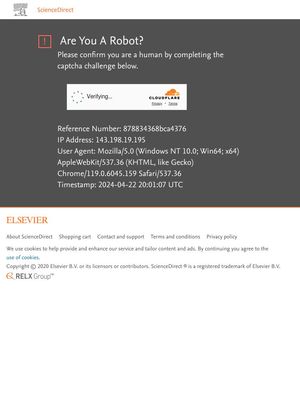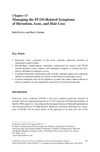Current Recommendations for the Diagnostic Evaluation and Follow-Up of Patients Presenting with Symptomatic Polycystic Ovary Syndrome
October 2004
in “
Best Practice & Research in Clinical Obstetrics & Gynaecology
”

TLDR The diagnosis of polycystic ovary syndrome (PCOS) requires a detailed patient history, ultrasound scanning, hormone level checks, and assessments of ovulation, obesity, and insulin resistance. It's a variable condition that needs individualized management and is a significant risk factor for type 2 diabetes.
In 2004, the diagnostic evaluation and follow-up of patients presenting with symptomatic polycystic ovary syndrome (PCOS) was discussed. The international agreement on the definitions of PCOS had clarified the clinical approach to its diagnosis. The assessment of an individual patient required a detailed history of menstrual disorder, infertility or miscarriage, hyperandrogenism (mainly acne, hirsutism and scalp hair loss), and obesity. The demonstration of polycystic ovaries on transvaginal ultrasound scanning was also necessary. Endocrine changes in serum levels of various hormones and measures of circulating androgens were used to further define the abnormalities. Assessment of ovulatory status, obesity, and insulin resistance were also important in most cases. PCOS was recognized as a highly variable condition and its investigation and management needed to be individualized. Long-term follow-up was largely dictated by the symptoms and clinical features of individual patients. The incidence of PCOS varied between 17 and 22% depending on the population being surveyed and the criteria used for diagnosis. PCOS was also identified as a powerful risk factor for the development of type 2 diabetes.

